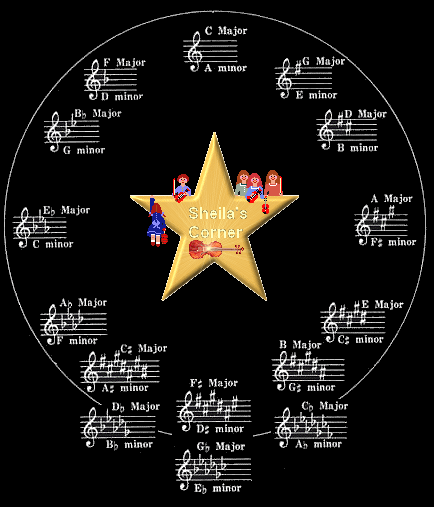|
Practice your scales...hummm...did you hear that? PRACTICE YOUR SCALES   We practice our scales...thank you
 BOOKS...yes?...no?... BOOKS...yes?...no?...
| ||||||||
|
Practice your scales...hummm...did you hear that? PRACTICE YOUR SCALES   We practice our scales...thank you
 BOOKS...yes?...no?... BOOKS...yes?...no?...
| ||||||||